Since tires are such an important part of your vehicle and the driving experience, many people want to buy name-brand tires from companies they’ve used and trust.
As a Falken tire dealer, we are proud to offer one of their most popular Passenger, Light Truck, SUV & CUV tires. At Car Care, our goal is to meet your needs, so we also deal with many different brand names from the best manufacturers. If you know what you’re looking for, or you would like assistance in choosing a brand that fits your personal preference, we can assist you. We have in-depth expertise that allows us to find the perfect tires for you and your car.
However, the name on the tire isn’t the only thing to consider. There are plenty of discount tires that are of equal quality to the named brands. These tires just haven’t developed the reputation as the name brands yet. One day, they could become as well known as some of the big names.
In the meantime, with the help of our guidance, you can get a great deal on a great tire. By understanding the different factors that influence the price of tires, you can better evaluate your options to get good tires that are also affordable. To know more about what can make some tires cheap and others expensive, read below.
The durability of the tires is one of the most important factors in determining whether you will get your money’s worth. After all, more durable tires will last longer, thereby saving you money on new tires.
Durability is determined by a number of criteria. If a tire has softer rubber, it will perform better. Unfortunately for drivers, this also means the tread will wear down faster over time. Tires that have harder rubber will last longer.
Tires that are reinforced and that have sturdy sidewalls will also last longer. These are not characteristics that you can see for yourself since the tread covers up the steel frame. You will have to talk to your tire salesperson about the construction of the tire and do a little research yourself before you go shopping.
Better quality tires handle better, and that can drive up the price. Yet handling isn’t something you want to compromise on to save a few bucks.
The best tires will improve the handling of your car. They will grip the road better so that the car does not lose control as easily, especially in situations when the road is wet or the car is driving at higher speeds. These tires will also take turns better.
With better handling, your car will be safer on the road. You’ll be able to react to emergencies more quickly, and you’ll be able to avoid obstacles and make fast stops.
The thickness and pattern of the tread can sometimes factor into the price. Thicker tread with wider grooves will help your car drive better in snow, ice, rain, and mud. However, the thicker tread will also make more noise while you’re driving, which some may find distracting.
Summer tires typically have thinner tread for dry driving conditions. The tire drives more quietly, but it doesn’t have as much grip.
Tread is an important consideration for choosing tires that will best meet your driving needs, such as choosing winter tires for icy conditions. Tires with thicker tread may cost a bit more, but tread alone is not typically a big factor for cost.
A shorter braking distance is preferred since it helps you to react more quickly to obstacles and emergency situations. Each tire has an estimated braking distance. The shorter the braking distance, the more effective the tire is and the more expensive it is likely to be.
Tires aren’t typically designed just to achieve a certain braking distance. Typically, the braking distance is just one of the many results of the tire’s overall design.
Tires that have a higher drag will make it harder for your car to work, thereby driving up your fuel consumption. They will put more wear on your car and cost you more money in gas and repairs in the long run.
Tires with less drag have a sophisticated design and will typically cost a little more. You’ll have to talk to your tire salesman about the drag associated with the tire and how the performance is measured.
Many of the characteristics that help tires perform better also help to improve the comfort of the ride.
Higher-quality tires tend to offer a more comfortable driving experience. They are designed to better absorb the bumps and shocks along the road.
The ride is much smoother with a higher-quality tire. Of course, with that higher quality often comes a higher price tag.
Cheaper tires are often made with less rubber and do not have a very strong construction. These tires tend to make a lot of noise while driving, which can be distracting and annoying. Higher-quality tires tend to offer a quieter ride as they are designed for precise performance.
Many other factors can contribute to the noise level of a tire, such as the tread depth. Therefore, you cannot use noise level alone as an indicator of quality.
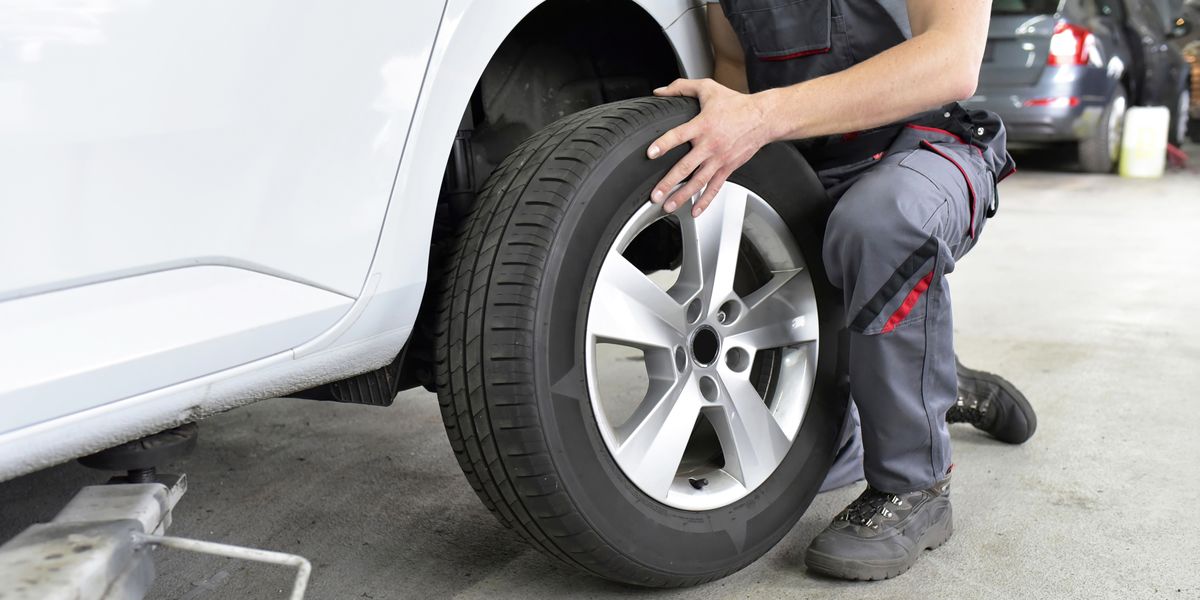
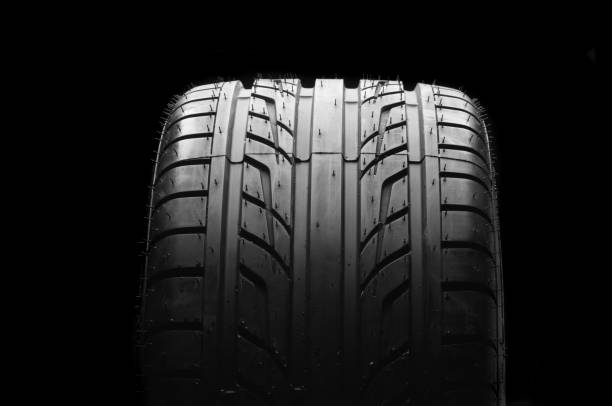
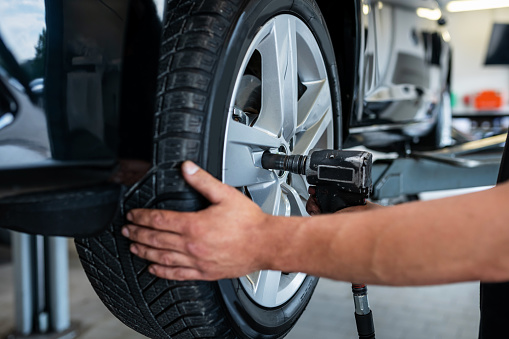
Buy the same size, load index, and speed rating designation as recommended by the vehicle or tire manufacturer.
Not buy tires of a smaller size or load-carrying capacity than what was originally specified. That could be dangerous.
Consider replacing all the four tires together
Whether you replace only one or two tires, make sure that they are the same size, load index, and speed rating recommended by the vehicle manufacturer.
If replacing only two, install them on the rear axle. The newer tires will have better grip, particularly on wet roads, which is important to avoid hydroplaning situations. The greater traction capability on the rear axle can better prevent a possible oversteer condition and loss of vehicle stability.
Replacing a single tire can negatively affect vehicle suspension, transmission, and tire treadwear. If unavoidable, pair the single replacement tire with the tire that has the deepest tread depth and install both on the rear axle.
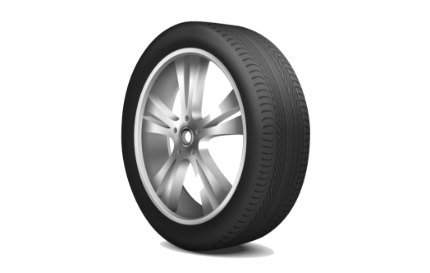
Your tire specifications are usually on a label inside the driver’s door. If you still have questions give us a call.
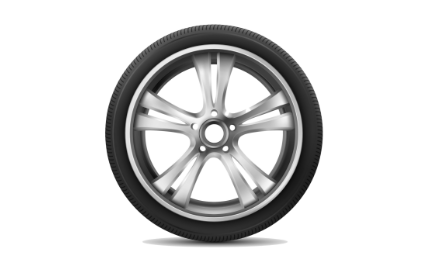
We follow the USTMA recommended repair by using the one-piece stem & patch combination unit. This will protect the tire's warranty
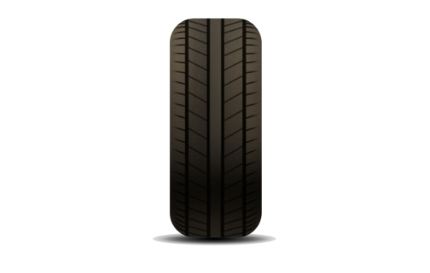
Rotating your tires can prevent irregular tire wear. Follow your vehicle’s owner’s manual. The USTMA recommends every 5,000 to 8,000 miles.
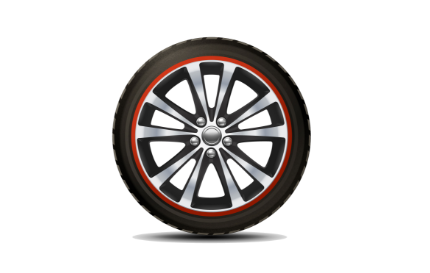
Balancing all four wheels reduces wear on your tires, creates a smoother ride, and makes your drive train perform better.

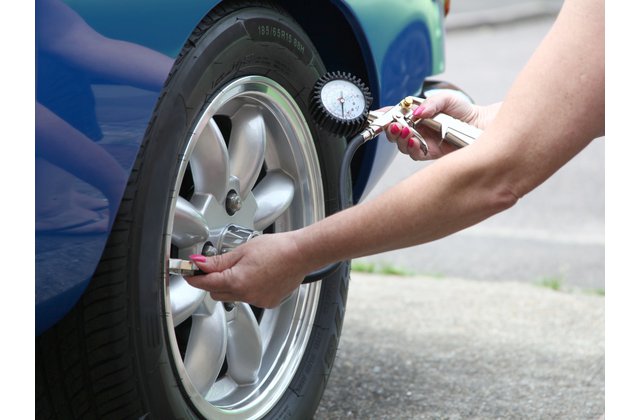
At Car Care, we value your investment and safety and will do our best to identify signs of improper wheel alignment. We analyze tire wear, suspension parts integrity, and performance, and decide accordingly if the wheels need to be aligned or not. However, it is important for a car owner to be able to identify the signs of your wheels being misaligned. Signs like tilted steering wheel, poor steering wheel returnability, or pulling to one side are good indicators of improper wheel alignment.
Typically, it is recommended to get your wheels aligned every 2 to 3 years or when getting a new set of tires installed. That will prolong the tread life of your new tires and ensure the optimal safety of your car, yourself, and others around you.
Here are some of the benefits of wheel alignment, which involves making adjustments to your vehicle’s suspension system.